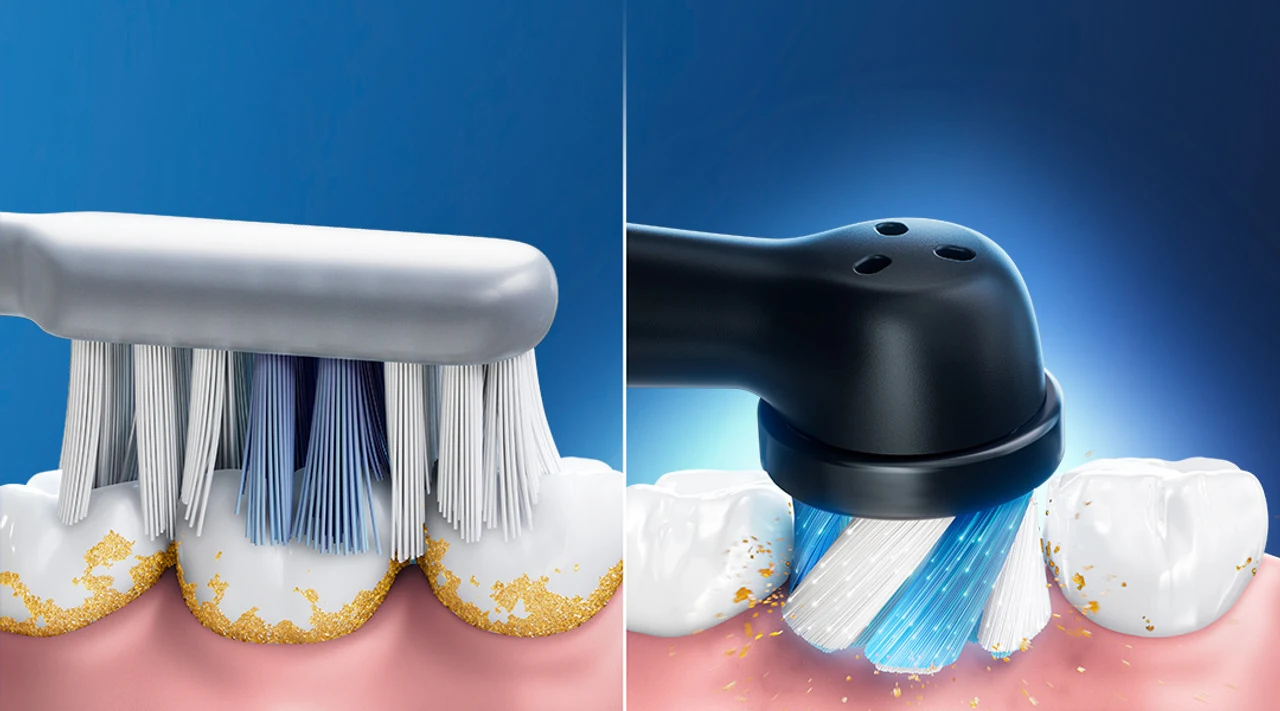
Electric vs. Manual Toothbrushes: Which Is Better?

This blog has been reviewed and approved by Dr. Monika Negi, a qualified Oral and Maxillofacial Pathologist with 5+ years of experience.
Table of Contents
Key Takeaways
- Electric toothbrushes offer several benefits over manual toothbrushes. They provide superior plaque removal.
- Some electric toothbrushes have advanced technology features including oscillating/rotating bristles, built-in timers, pressure sensors, and Bluetooth technology.
- Electric toothbrushes are suitable for all, and they make brushing easier and more thorough, promoting better oral health outcomes.